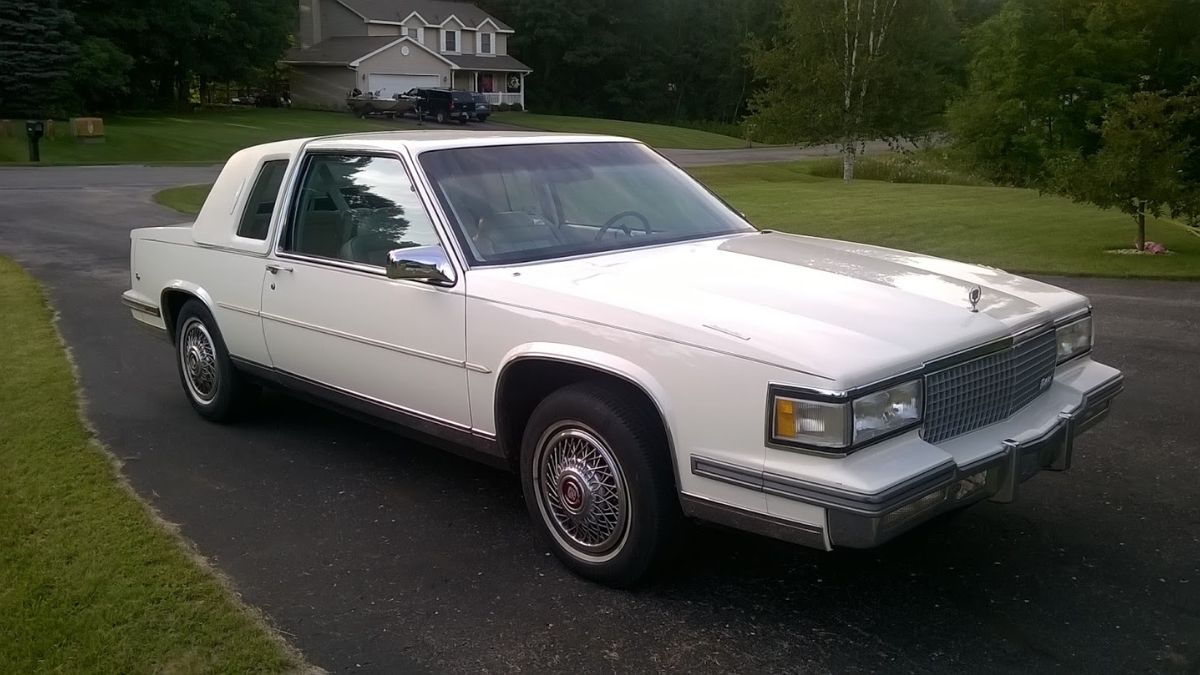The V8 engine is one of the most iconic symbols of American muscle cars, evoking strong emotions in automotive enthusiasts. From its debut with the Chevy small-block V8 in 1955 to the high-performance V8s of today, it has come to represent power, speed, and raw energy in the world of motoring. However, the V8 engine’s origins stretch beyond American soil, tracing back to France and the mind of inventor Leon Levavasseur.
Initially developed for aviation, the V8 engine found early success in speedboat racing before evolving into the powerhouse engine it is known as today. While it made history in the 20th century, not all V8 engines were successful, and many fell short of expectations.
Oldsmobile LF9 V8: A Diesel-Powered Dud
Introduced in 1978, the Oldsmobile LF9 diesel V8 was part of General Motors’ response to the oil crisis of 1973 and new environmental regulations. Although some believed the LF9 was simply a re-engineered version of GM’s gasoline-fueled 350-inch V8, it was actually a unique design.
Despite early promise, the LF9 V8 became notorious for its flaws. Head gaskets frequently blew due to inadequate head bolts, and a lack of a water separator led to coolant buildup that damaged fuel injection pumps. With a disappointing 120 horsepower, the LF9 failed to impress, and its legacy remains a warning about the failure of early diesel-powered American engines.
Chevrolet 262 Small Block V8: Underpowered And Underwhelming
In 1975, the Chevrolet 262 cubic inch (4.3-liter) small block V8 was introduced during a time of tighter emissions regulations and rising fuel prices. This small and weak V8, producing only 110 horsepower, was not well-received. It was the smallest and least powerful first-generation Chevy small-block engine, and it struggled to meet the expectations of performance enthusiasts.
Ultimately, its lack of power led to its discontinuation in 1976, after only a couple of years on the market. The engine was installed in just a few GM models, including the Chevy Monza, Nova, and Pontiac Ventura, before being replaced by the more powerful 305-inch V8.
Chrysler Lean-Burn V8: A Different Flawed Approach

Chrysler’s approach to improving engine efficiency in the 1970s involved a new V8 featuring “lean-burn” technology. The goal was to meet emissions standards without relying on a catalytic converter. The engine featured an early computerized spark control system, which, despite its innovative nature, was plagued by issues.
Although the engine achieved some success in improving fuel efficiency, the computerized control system was prone to vacuum leaks and sensor failures. Ultimately, more advanced fuel injection systems replaced the lean-burn V8, which failed to live up to its potential.
Cadillac 8-6-4 L62: An Identity Crisis
The Cadillac 8-6-4 L62 engine, introduced in 1981, was another attempt to improve the efficiency of V8 engines. Using computerized engine control, it aimed to deactivate two or four cylinders when power demand was low. Unfortunately, the engine’s computer system wasn’t capable of handling this task effectively, causing performance lag.
After multiple software updates failed to fix the issue, Cadillac decided to disable the system entirely, keeping the engine in a permanent V8 configuration. Despite its ambitious design, the Cadillac 8-6-4 was ahead of its time and would later influence the development of modern cylinder deactivation systems.
Cadillac HT4100 V8: More Of A Miss Than A Hit

Following the failure of the 8-6-4, Cadillac introduced the HT4100 V8 in 1982. Designed with an aluminum block and an advanced fuel injection system, the HT4100 initially seemed promising. However, its performance left much to be desired, with only 135 horsepower and 200 pound-feet of torque. The aluminum block led to head gasket issues, as the softer material struggled to handle the heat.
Coolant leaks were also a common problem. Despite its modern design, the HT4100 V8 became a symbol of Cadillac’s missteps, reminding the world that even prestigious automakers can stumble when pushing too far ahead of engineering capabilities.
Stay up-to-date with the latest in automotive news and engine innovations. Visit our website for more articles and insights on the evolution of motoring technology.
Disclaimer: The views and opinions expressed in this article are those of the author and do not necessarily reflect the official policy or position of any automotive manufacturer or company mentioned. All information is provided for general informational purposes only.
